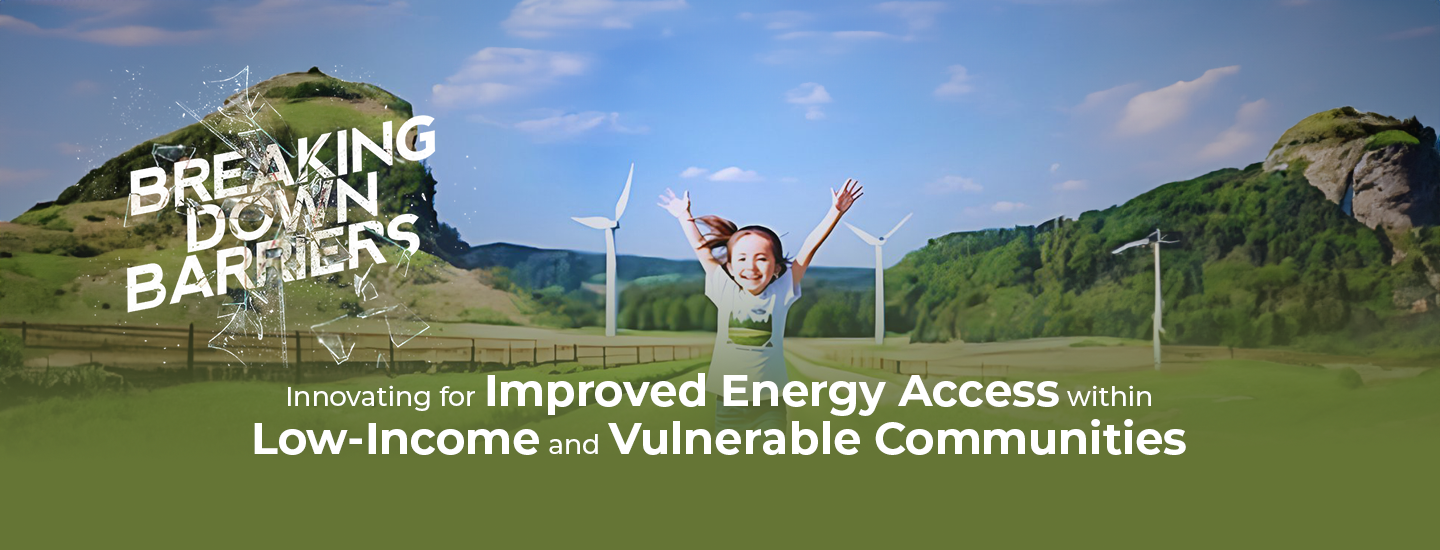Master Blog
Top 4 Business Drivers Enhancing Asset ROI in Utilities

In an era marked by unprecedented changes in the energy landscape, utilities find themselves navigating through a myriad of challenges, from regulatory uncertainties to paradigm shifts driven by renewable energy and emerging technologies.
As the adoption of renewable energy sources and distributed energy resources (DER) continues to surge, utilities find themselves tasked with overseeing a staggering tenfold increase in assets compared to two decades ago to ensure grid resilience. This trend is expected to persist as the landscape of energy generation and distribution undergoes further transformations.
Today, utilities are integrating new categories of assets into their portfolios including energy storage systems, microgrids, smart meters, sensing devices, EV charging infrastructure and more. This expansion not only broadens the array of assets but also amplifies the complexity of asset management for utilities.
Navigating the evolving energy landscape requires utilities to adopt strategic practices for optimizing their asset return on investment (ROI). Here are four advisory drivers to boost asset ROI and enhance utility's asset performance:
- Strategic Enterprise Asset Management (EAM): Utilities can efficiently oversee physical assets and management by implementing an EAM platform tailored for their needs. Some of the key capabilities of an effective strategic enterprise asset management include :
- Asset Data Management: Consistent monitoring of asset performance is vital for utilities to adopt a data-driven and risk-informed approach, as opposed to making decisions on the fly. The capability of digital asset data management in an EAM enables utilities to enhance visibility, extend asset life expectancy, and comprehend the impact of Distributed Energy Resources (DER) on the entire asset ecosystem. Additionally, asset data management capability in an EAM platform empowers utilities to track and manage asset data throughout its lifecycle by employing a process-driven approach.
- Work Order Management: In the current landscape, as the number of assets grow and grid complexity increases, utilities need a unified perspective on their assets and associated workflows to maintain seamless operations. Therefore, implementing intelligent work order management is crucial to handle both planned and unplanned work activities seamlessly, from initiation to completion, with intelligent data capture for ensuring operational efficiency.
- Inventory and Warehouse Management: The utility industry encompasses diverse sectors with complex and sizable equipment crucial for managing gas, water, and electricity utilities. To ensure seamless operations, utilities must prioritize timely maintenance for each piece of equipment. Maintaining a well-tracked inventory is essential to avoid delays and redundant maintenance, ensuring optimal productivity for the utility operations. An end-to-end inventory management capability in an EAM platform would ensure efficient handling of asset-related inventory details, from registration and receipt to assignment, meter lifecycle, and eventual disposal or replacement.
- Advanced Analytics: In recent years, the incorporation of advanced analytics into asset management has transitioned from a concept in science fiction to a practical application. Forward-thinking utilities are leveraging advanced analytics to monitor asset health, enhance overall asset performance, and also boost productivity among field workers. The integration of advanced analytics reporting within an Enterprise Asset Management platform is essential, as it facilitates the synthesis of data from disparate sources, including assets, field workers, and the back office, resulting in valuable and actionable insights.To enhance the return on investment (ROI) of their assets, utilities should prioritize the adoption of an integrated Enterprise Asset Management (EAM) platform. This strategic and process driven approach to asset management ensures establishing a detailed asset hierarchy, incorporating intelligent data capture, and integrating cost tracking into their operational processes.

-
Augmented Reality (AR) in Asset Management : Conventional approaches to asset management may lead to operational inefficiencies, pose potential hazards for field workers, and contribute to inconsistent maintenance processes, ultimately restricting the overall ROI for utilities. For improved field technician safety and increased ROI in asset operations and maintenance, utilities are recommended to incorporate Augmented Reality (AR) into their asset management strategies. Smart wearables, like watches and glasses powered by AR, offer field technicians transformative tools, revolutionizing their interactions with assets.
"Augmented reality notably improves the visualization of asset layouts and procedures, especially for mission-critical deliveries. Moreover, an AR-enabled asset management platform expedites and standardizes quality assurance measures, resulting in faster and more consistent processes."
Equipped with cameras, screens, and microphones, these wearables empowers field workers to assess assets, identify potential hazards, and devise repair or maintenance strategies efficiently and safely, creating an intuitive and hands-free operational experience. Augmented reality notably improves the visualization of asset layouts and procedures, especially for mission-critical deliveries. Moreover, an AR-enabled asset management platform expedites and standardizes quality assurance measures, resulting in faster and more consistent processes. This strategic approach to asset management not only maximizes field worker satisfaction but also enhances asset ROI.
-
Building a Connected Workforce - Conventional asset management poses challenges for field workers who lack consistent connections, hindering communication with each other, customers, the back office, or management. Evolving customer behaviours, the rise of distributed generation, the implementation of microgrids, the integration of smart meters, advancements in energy storage solutions, and increased penetration of renewable generation are among the factors reshaping the traditional landscape of energy generation and distribution.
"In traditional settings, field workers often lack real-time collaboration capabilities with experts and face challenges referencing training materials for complex tasks when managing assets and inventories. Today, utilities can supercharge their field workers by adopting a connected field workforce strategy."
In traditional settings, field workers often lack real-time collaboration capabilities with experts and face challenges referencing training materials for complex tasks when managing assets and inventories. Today, utilities can supercharge their field workers by adopting a connected field workforce strategy. This transformation facilitates seamless collaboration and equips field workers with the necessary resources for handling complex tasks efficiently in real time. Further, a digitally connected workforce experience ensures the field force possess the capability to comprehend the broader impact of insights and data, not only on team members across different geographies, but also on various aspects of the business like asset management and maintenance. Example – field workers can assess the potential effects on assets due to maintenance and determine whether there is a necessity to communicate changes to customers in real time.
-
Transforming data into valuable Insights : Reactive asset management can result in increased downtime, higher costs, and reduced productivity due to unforeseen equipment failures. A Proactive asset management approach is an important business enabler to drive asset ROI. By employing AI-ML algorithms and drawing insights from historical data, this forward-thinking asset management strategy harnesses the power of predictive analytics. This approach facilitates the early identification of potential equipment failures, optimizes maintenance schedules, and enables the pre-emptive deployment of field technicians.
Predictive analytics assists utilities in minimizing downtime, boosting productivity, and cutting costs by proactively addressing unexpected equipment failures. It also reduces the need for reactive maintenance, thereby enhancing return on investment (ROI).
Smart WX is the #1 Digital Workforce Experience (WX) platform for energy, water and gas providers worldwide. Smart WX helps intelligently manage the field operations to make the service experiences effortless for the end customers. From work order management to AI/ML-based schedule and dispatch, Smart WX delivers real-time visibility into the workforce with simple, intuitive platform experiences, improves operational efficiency and assures seamless service delivery.





